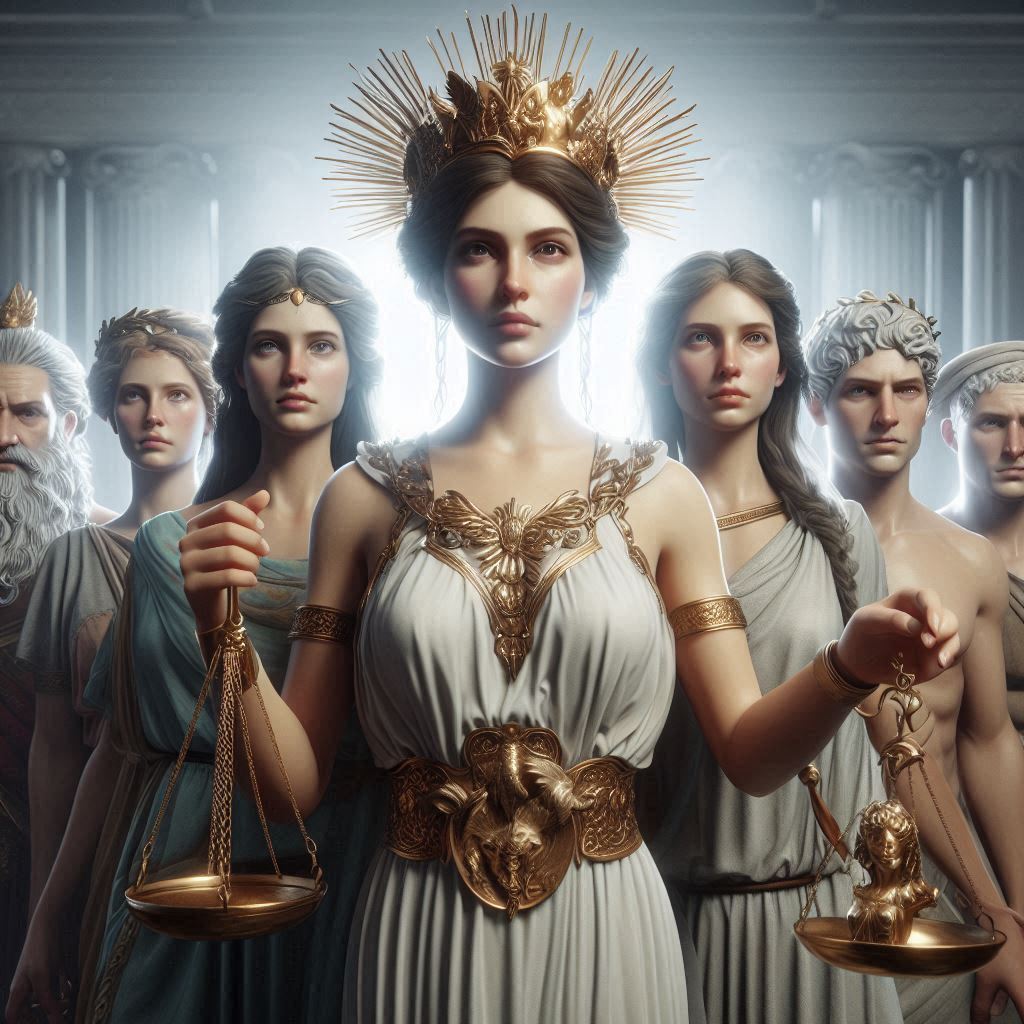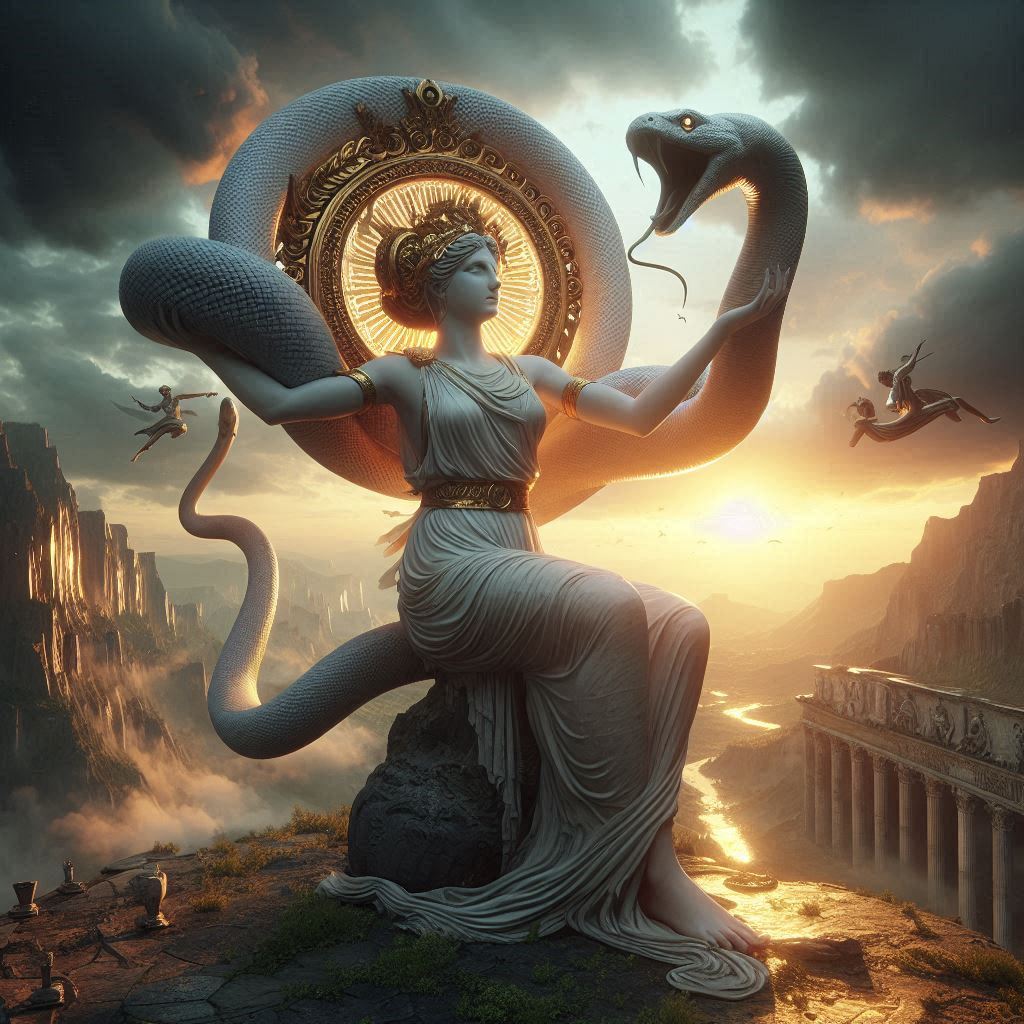Table of Contents
The Kalevala: Elias Lönnrot’s Epic Masterpiece and Finland’s National Treasure
The Kalevala, Finland’s national epic, stands as one of the most significant literary achievements of the 19th century. Compiled and edited by the Finnish scholar Elias Lönnrot, this monumental work is a tapestry of ancient myths, heroic legends, and folk poetry that had been orally transmitted for centuries among the people of Karelia. The Kalevala not only preserved Finland’s pre-Christian traditions but also played a pivotal role in shaping the nation’s cultural and linguistic identity during a time of foreign domination. This essay explores the historical context of the Kalevala’s creation, Lönnrot’s methodology in compiling it, its structure and major themes, and its profound impact on Finnish nationalism, literature, and global mythology. By examining these aspects, we can appreciate how the Kalevala evolved from scattered folk songs into a cohesive epic that continues to inspire artists, writers, and scholars worldwide.

Historical Background: Finland’s Cultural Landscape in the 19th Century
Before the Kalevala was compiled, Finland was in a unique cultural and political position. For over six centuries, it had been under Swedish rule, and Swedish was the language of the elite, while Finnish remained primarily a spoken language among peasants. In 1809, Finland was ceded to Russia as an autonomous Grand Duchy, sparking a movement among Finnish intellectuals to foster a distinct national identity.
At this time, European Romanticism was flourishing, with many nations turning to their ancient folklore to revive a sense of heritage. In Germany, the Brothers Grimm were collecting fairy tales, while in other parts of Europe, scholars were documenting oral traditions. Finland, lacking a written epic like the Iliad or Beowulf, sought to construct its own national mythology. This task fell to Elias Lönnrot, a physician and philologist who dedicated his life to preserving Finnish folklore.
Elias Lönnrot: The Man Behind the Epic
Elias Lönnrot (1802–1884) was born in Sammatti, Finland, into a modest family. Despite financial struggles, he pursued an education in medicine, eventually becoming a district doctor in Kajaani. However, his true passion lay in linguistics and folklore. Influenced by the German Romantic idea that a nation’s soul resided in its folk poetry, Lönnrot began collecting traditional Finnish and Karelian runes (poems) during his medical travels.
Between 1828 and 1844, Lönnrot embarked on eleven field trips, primarily to Karelia (a region spanning eastern Finland and northwestern Russia), where the oral tradition was still vibrant. He recorded thousands of verses from rune-singers, the most famous of whom was Arhippa Perttunen, a master of the ancient poetic form. Unlike earlier collectors who merely documented fragments, Lönnrot sought to weave these disparate songs into a continuous narrative, believing they were remnants of a lost epic.
The Compilation Process
Lönnrot’s first edition, the Old Kalevala (1835), contained 32 runos (chants or poems) and about 12,000 verses. However, he continued collecting material, eventually publishing the New Kalevala in 1849, which expanded to 50 runos and almost 23,000 verses. While some critics argue that Lönnrot took creative liberties in arranging the poems, most scholars agree that he remained faithful to the oral tradition, merely organizing the material into a coherent structure.
Structure and Poetic Form of the Kalevala
The Kalevala is written in trochaic tetrameter, a rhythmic meter typical of Baltic-Finnic folk poetry. This structure, sometimes called the “Kalevala meter,” consists of eight-syllable lines with a strong stress on the first syllable, giving the verses a distinctive, chant-like quality.
Narrative Overview
The epic lacks a single protagonist but revolves around several key figures:
- Väinämöinen – The central hero, an ancient sage and bard with magical singing powers. He represents wisdom, poetry, and the connection to the divine.
- Ilmarinen – A master blacksmith who forges the Sampo, a mythical artifact that brings prosperity.
- Lemminkäinen – A brash, adventurous warrior whose exploits often lead to trouble.
- Louhi – The cunning and powerful mistress of Pohjola (the North), who serves as the primary antagonist.
The Kalevala does not follow a linear plot but is structured around key mythological events:
- The Creation of the World – The epic begins with Väinämöinen’s birth from the primeval waters and his role in shaping the earth.
- The Theft of the Sampo – A central conflict arises when Louhi steals the Sampo, leading to an epic battle between the heroes of Kaleva and the forces of Pohjola.
- The Departure of Väinämöinen – The saga concludes with Väinämöinen leaving Finland, symbolizing the end of the mythological age.
Major Themes in the Kalevala
The Kalevala explores universal themes that resonate across cultures:
1. The Power of Song and Magic
Unlike many epics where heroes rely on brute strength, the Kalevala emphasizes the magical power of words. Väinämöinen’s songs can heal wounds, summon storms, and even build a boat through incantations. This reflects the shamanistic traditions of ancient Finno-Ugric peoples.
2. The Struggle Between Order and Chaos
The conflict between Kaleva (representing civilization) and Pohjola (representing chaos) mirrors the universal mythological battle between light and darkness. The theft of the Sampo—a symbol of fortune and stability—drives much of the narrative.
3. Nature and Animism
The Kalevala portrays a world where nature is alive and sacred. Trees, animals, and even metals have spirits, reflecting Finland’s deep connection to its forests and lakes.
4. Fate and Human Suffering
Many stories, such as the tragic tale of Kullervo (a doomed warrior), explore themes of destiny, revenge, and sorrow, showing the epic’s darker, more philosophical side.
The Kalevala’s Influence on Finnish National Identity
The publication of the Kalevala had a transformative effect on Finland:
1. Linguistic Revival
Before the Kalevala, Finnish was seen as a peasant language. Lönnrot’s work proved that Finnish could carry profound literary and mythological weight, paving the way for its adoption as the national language.
2. Cultural Renaissance
The epic inspired a wave of Finnish art, music, and literature. Jean Sibelius composed Kullervo and other works based on its themes, while Akseli Gallen-Kallela painted iconic scenes from the saga.
3. Political Symbolism
During the Russian era and later under Soviet pressure, the Kalevala became a symbol of resistance and national pride. It helped Finns assert their distinct identity separate from Sweden and Russia.
Global Impact and Legacy
The Kalevala’s influence extends far beyond Finland:
- J.R.R. Tolkien drew inspiration from it for The Silmarillion and The Lord of the Rings (e.g., the story of Túrin Turambar parallels Kullervo’s tragedy).
- Comparative Mythology – Scholars recognize its importance alongside the Edda, Mahabharata, and other great epics.
- Modern Adaptations – The Kalevala has been reinterpreted in films, comics, and even heavy metal music (e.g., the band Amorphis).
Conclusion
Elias Lönnrot’s Kalevala is more than a collection of ancient poems—it is the soul of Finland. By preserving and organizing the oral traditions of Karelia, Lönnrot gave his people a cultural foundation that fueled their national awakening. Today, the Kalevala remains a living epic, inspiring new generations of artists and thinkers. Its themes of creation, magic, and heroism continue to resonate, proving that mythology is not just a relic of the past but a timeless reflection of human experience.


No responses yet